|
|
|
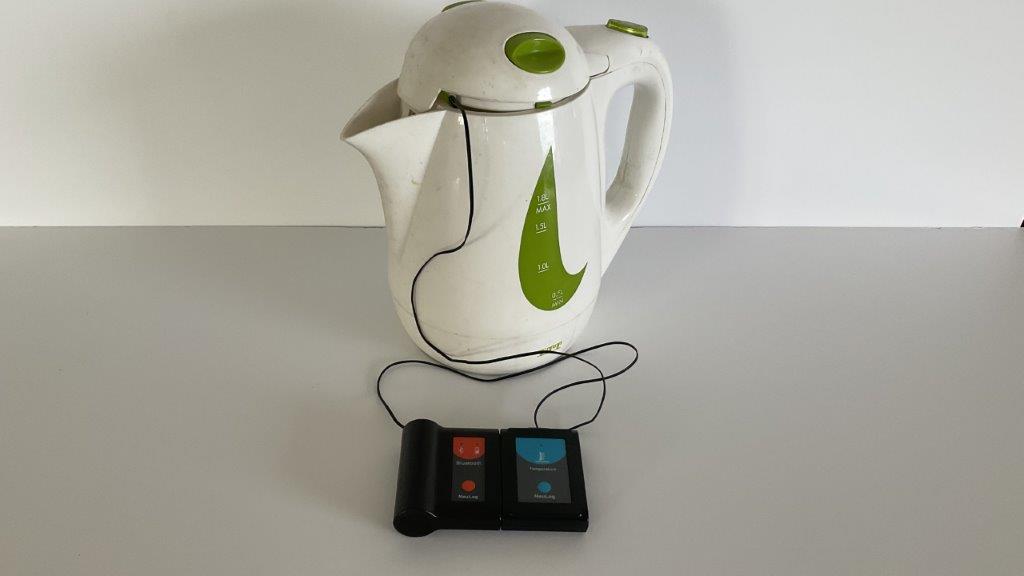 |
|
Latent Heat
Temperature logger sensor
- Why temperatures are constant when liquid is boiling or freezing
- Heating and colling graphs
- Learn about Latent Heat.
|
|
|
|
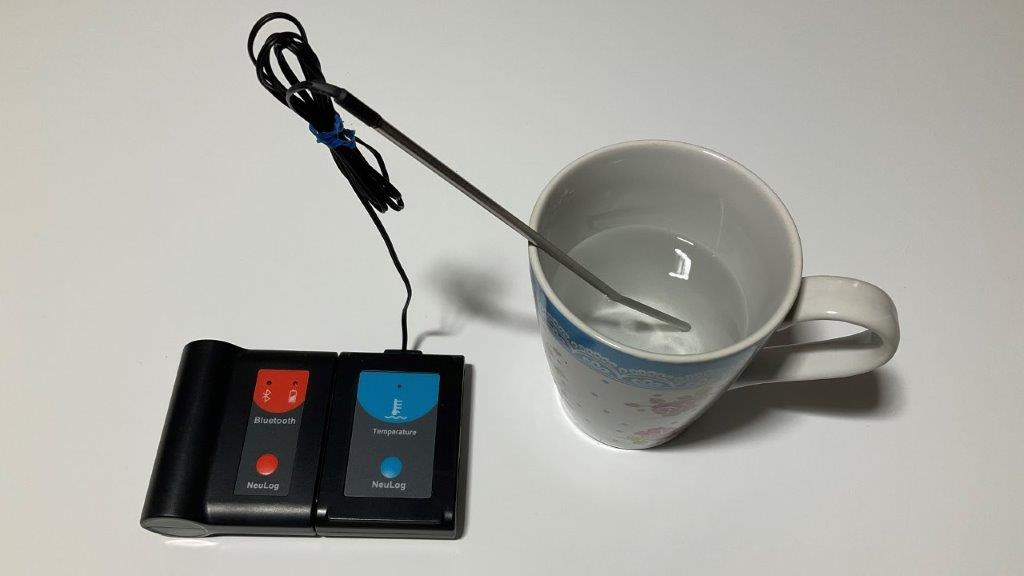 |
|
Distillation
Temperature logger sensor
- Learn about the three classical phases of matter, phase changes, and heating and cooling curves.
- Investigate the technique of distillation and to separate the components of a mixture by this means.
- study the chemical differences between ethanol and water.
|
|
|
|
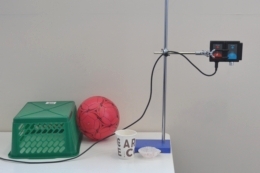 |
|
Falling Objects P-1 ver. 3.6.12
Motion logger sensor
- Study the motion of falling objects.
- Learn about the effect of air resistance force.
- Study motion parameters of a bouncing ball.
|
|
|
|
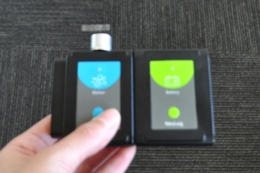 |
|
Walking Analysis P-2 ver. 3.10.7
Motion logger sensor
- Learn about motion parameters.
- Study the motion parameters of walking.
|
|
|
|
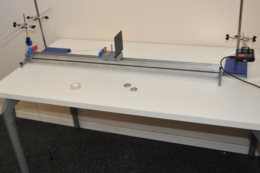 |
|
Motion Parameters of a Moving Cart V4
Motion logger sensor
- Learn about motion parameters.
- Study the relationship between position, velocity and acceleration of a moving cart.
|
|
|
|
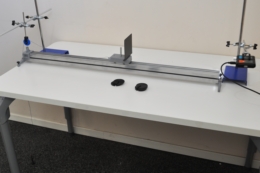 |
|
Newton’s Second Law V4
Motion logger sensor
- Study the relationship between force, mass and acceleration according to Newton’s second law.
- Use different masses and examine the results.
|
|
|
|
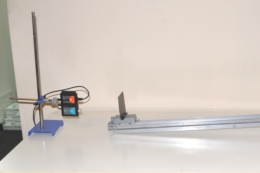 |
|
Motion of a Cart in an Inclined Plane V4
Motion logger sensor
- Learn about the four motion equations.
- Study the motion of a cart on an inclined plane.
- Study motion with constant acceleration.
|
|
|
|
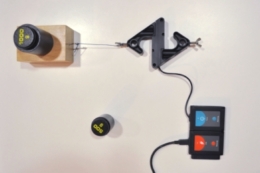 |
|
Friction Force P-6 ver. 3.4.6
Force logger sensor
- Learn about the relationship between friction force, normal force and friction coefficient.
- Observe changes in the friction force within different surfaces and different masses.
- Calculate the friction coefficients (static and kinetic) in these different conditions.
|
|
|
|
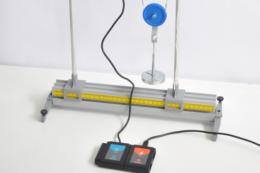 |
|
Pulley System P-8 ver. 3.3.5
Force logger sensor
- Learn about pulley systems: fixed, movable and compound pulleys.
- Measure the effort force and the load force.
- Measure the distance the force sensor has to be pulled in order to move the load 10 cm and calculate the velocity ratio.
- Calculate the mechanical advantage of each system and find the relationship between the mechanical advantage and the velocity ratio.
|
|
|
|
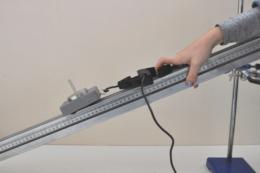 |
|
An Inclined Plane P-9 ver. 3.0.5
Force logger sensor
- Understand the principles of forces on an inclined plane.
- Measure the parallel component of the gravitational force and compare it to the calculated force.
- Compare the forces within different angles and masses.
|
|
|
|
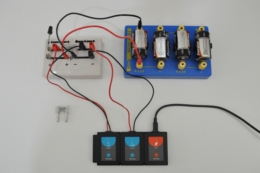 |
|
Ohm’s Law P-10 ver. 3.4.7
Voltage logger sensor
Current logger sensor
- Study the relationship between the voltage applied to a given resistor and the intensity of the current running through it.
|
|
|
|
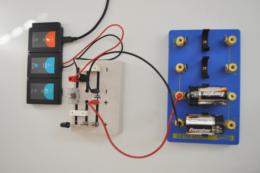 |
|
How Incandescent Light Bulbs Work? P-11 ver. 3.4.4
Current logger sensor
Light logger sensor
- Learn how incandescent light bulbs work.
- Measure the time it takes for a light bulb to turn on from the moment current flows.
- Investigate the effect of heating the filament on the current.
|
|
|
|
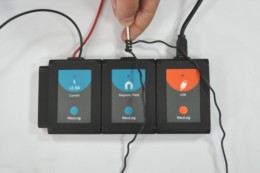 |
|
Basic Electromagnetism P-16 ver. 3.3.4
Current logger sensor
Magnetic field logger sensor
- Learn about electromagnets.
- Build an electromagnet with a nail, a wire and additional electrical elements.
- Investigate how the number of winds affect the magnetic field of the electromagnet.
|
|
|
|
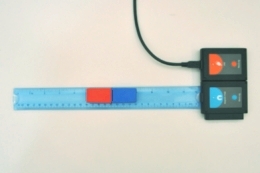 |
|
Magnetic Field Strength P-17 ver. 3.4.5
Magnetic field logger sensor
- Learn about basic properties of magnets.
- Study the relationship between magnetic field strength and the distance from the magnet
|
|
|
|
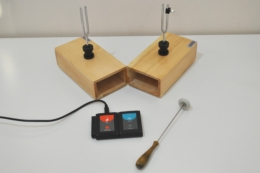 |
|
Sound Beats V3
Sound logger sensor
- Observe the beats of sound waves produced by two tuning forks on resonance boxes.
- Understand the concept of wave interference.
|
|
|
|
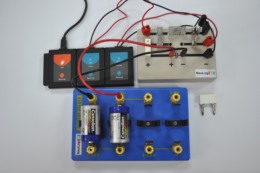 |
|
Circuits and Series Resistance P-24 ver. 3.4.4
Voltage logger sensor
Current logger sensor
- Study the relationship between the voltage applied to a given resistor and the intensity of the current running through it.
|
|
|
|
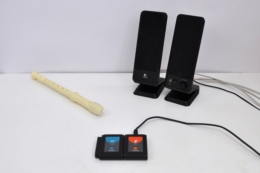 |
|
Exploring Sound V3
Sound logger sensor
- Learn how to measure different intensities of sound.
- Understand the meaning of sound units (dB).
- Get a feeling of what dangerous high intensities of sound mean.
|
|
|
|
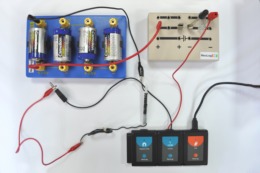 |
|
Current Variations and Generation of a Magnetic Field P-27 ver. 3.0.4
Current logger sensor
Magnetic field logger sensor
- Learn about electromagnets.
- Build an electromagnet with a nail, a wire and an electrical circuit device.
- Investigate how the current affects the magnetic field of the electromagnet.
|
|
|
|
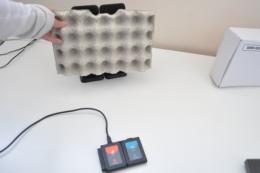 |
|
Sound Isolation P-29 ver. 3.0.6
Sound logger sensor
- Observe through which materials sound travels better.
- Understand the concept of sound isolation.
|
|
|
|
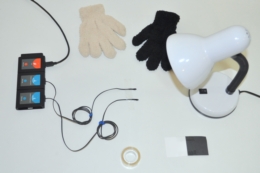 |
|
Light Absorption and Heat P-31 ver. 3.3.13
Two Surface temperature logger sensors
- Understand the concept of color.
- Demonstrate the effect of color on light absorption and the conversion of that light into heat, using black and white papers.
- Measure body surface temperature while being covered with black or white gloves.
|
|
|
|
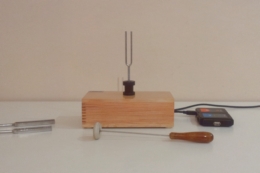 |
|
Sound waves V3
Sound logger sensor
- Study sound waves produced by a tuning fork on a resonance box.
- Learn about period and frequency of sound waves.
- Understand how the length of the tuning fork affects its sound.
|
|
|
|
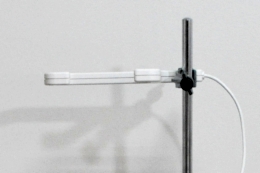 |
|
Velocity of Free Falling Objects P-35 ver. 3.0.5
Photo gate logger sensor
- Measure the velocity of falling objects at a minimal air resistance.
- Examine whether two objects with different masses have the same velocity while falling.
|
|
|
|
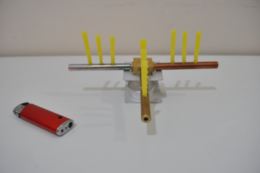 |
|
Thermal Conductivity V2
Temperature logger sensor
- Understand the concept of thermal conductivity.
- Investigate the thermal conductivity of different metals using qualitative and quantitative methods.
|
|
|
|
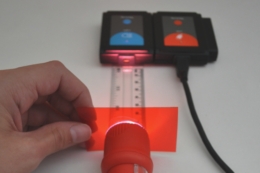 |
|
Colors of Light P-40 ver. 3.0.5
Light logger sensor
- Learn what happens to colored light, when it passes through color filters.
- Investigate the additive color theory.
- Observe a stereoscopic image.
|
|
|
|
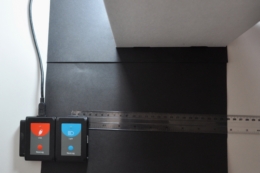 |
|
Light and Shadow P-41 ver. 3.0.7
Light logger sensor
- Understand the principles of light and shadow.
- Measure the intensity of light at the unblocked region, the penumbra region (partly blocked), and the umbra region (fully blocked).
- Investigate different parameters affecting a casted shadow.
|
|
|
|
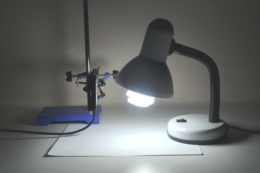 |
|
Light and Dark Colors P-42 ver. 3.0.7
Light logger sensor
- Learn about light reflected from light and dark objects, and the amount of light they absorb.
- Understand the way we perceive different colors and shades.
|
|
|
|
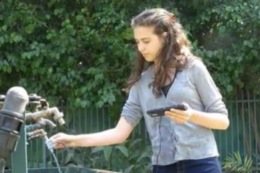 |
|
Flowing Water P-43 ver. 3.0.2
Flow logger sensor
- Investigate water velocity in different positions of a falling stream.
|
|
|
|
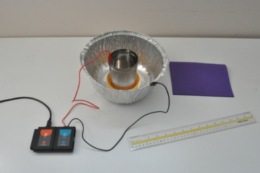 |
|
Static Electricity P-44 ver. 3.0.4
Charge logger sensor
- Learn about static electricity and how it is created.
- produce static electricity by rubbing different materials against each other, in order to measure it.
|
|
|
|
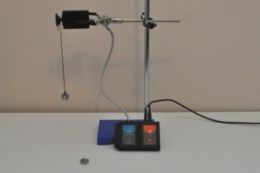 |
|
Simple Pendulum P-46 ver. 3.0.4
Rotary motion logger sensor
- Learn about the period and frequency of a simple pendulum.
- Understand the difference between a simple pendulum and a real life pendulum.
- Examine the effects of length and mass on the pendulum’s period.
|
|
|
|
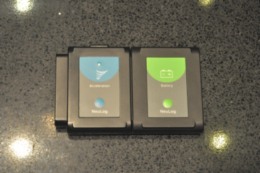 |
|
Acceleration of an Elevator P-47 ver. 3.0.4
Acceleration logger sensor
- Learn about acceleration and the principles of an acceleration sensor (accelerometer).
- Analyze the acceleration of a moving elevator or vehicle.
|
|
|
|
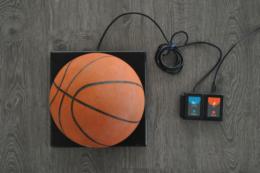 |
|
Impulse and Momentum P-48 ver. 3.0.4
Force plate logger sensor
- Learn about the relation between impulse and momentum.
- Examine this relation by bouncing a ball on a force plate logger sensor and measuring the applied force.
- Calculate impulse and change in momentum, then compare these values.
|
|
|
|
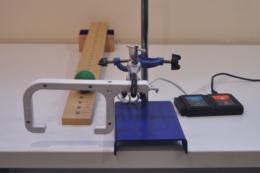 |
|
Horizontal Launched Projectile Motion P-49 ver. 3.0.5
Photo gate logger sensor
- Understand the concepts of projectile motion and trajectories.
- Predict the landing point of a ball by measuring its initial horizontal velocity.
- Generate different velocities and observe the compatible motion pattern.
|
|
|
|
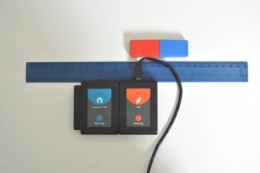 |
|
Magnetic Field P-52 ver. 3.0.4
Magnetic field logger sensor
- Learn about basic properties of magnets.
- Study the magnetic field around a bar magnet through a magnetic field sensor.
|
|
|
|
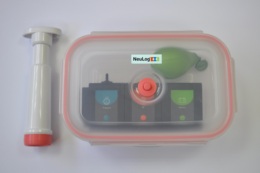 |
|
Partial Vacuum P-53 ver. 3.0.4
Pressure logger sensor
- Study the concept of vacuum and partial vacuum.
- Investigate how pumping out air from a box affect the pressure inside.
- Investigate how the change of pressure affects a balloon and a marshmallow that are in the box.
|
|
|
|
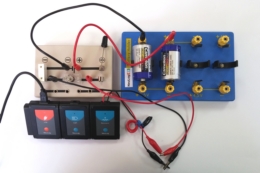 |
|
Resistance of a Light Bulb P-54 ver. 3.0.2
Light logger sensor
Resistance logger sensor
- Learn how incandescent light bulbs work.
- investigate the effect of heating the bulb’s filament on the resistance
|
|
|
|


































